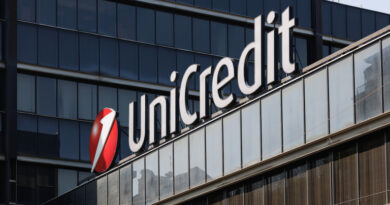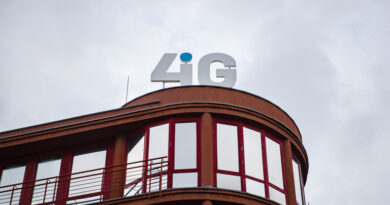Thawing in the Commercial Real Estate Investment Market?
As the eagerly awaited winter thaw starts in the Northern hemisphere, finally we are beginning to experience a renewing of business confidence in Hungary, which is trickling into demand for real estate – commented Hamish White, Partner at Colliers International Hungary.
For most, 2009 is a year to forget, and don’t count on 2010 being too much better yet in spite of this, Colliers International Hungary predicts a more positive market, primarily driven by private equity investors seeking higher yield investment properties, existing pan European Funds, new entities geared towards distressed real estate, owner occupiers and the Hungarian Real Estate Funds.
Private investors are typically being driven by the low rates of return offered on bank deposits and the uncertainty of other asset classes such as stocks, and see property as a hedge against inflation. We have a growing list of investors seeking to purchase real estate assets leased long term to quality companies and are actively looking for stock.
Real Estate Funds such as your German open funds are back in business with redemptions seemingly a distant memory, however they are very focused on purchasing buildings with prime locations, excellent lease profiles and on yields above 7.5% percent for office and retail. A recent example has been the transaction involving the Allee Shopping Center, where Allianz RE purchased a 50% share from ING Real Estate Development. In addition, the Hungarian domestic investment market is seeing movement due to the current national bank rate at a historical low of 5,75% and we know they are also back in the market buying on yields of eight percent and upwards taking advantage of the local network and new tax legislation making purchasing assets and not companies easier.
“We currently have a transaction under due diligence, and if all goes to plan this will close within the next six weeks, and will certainly add to the limited list of comparable transactions for investment properties in Budapest” – Hamish White mentioned. We spent a long time in marketing the property, which resulted in a number of offers, and this highlighted to us a growing demand from within the domestic (Hungarian) investment sector.
Another encouraging trend has been that of owner occupiers, who have certainly created activity in the Budapest market, As an example, the K3 Office Building sold by prominent Hungarian developer WING to Allianz Hungary (no connection to the above mentioned Allee transaction). “Owner occupier purchases offer some hope in the recover of value for Developers, as they typically pay a premium” – he stated.
We have yet to see large-scale distress, but the Banks are certainly bracing themselves for corrections to their balance sheets, and have started taking back projects in the residential sector. We expect by the 3rd to 4th quarter to see some more activity in the form of distressed sales, however it seems one will have to be well placed to pick ” low hanging fruit”. Also, beware of thinking that buying the debt is attractive, as we see negative loan-to-value ratios in the non-core sector of the market.
































